After years of controversy, delays, political rancor, costly errors and going over budget, San Francisco’s Municipal Transportation Agency on Saturday opened the long-awaited Central Subway that will eventually connect Sunnydale to Chinatown on the Muni 3rd Street line in what is being hailed as a historic accomplishment for the city.
Central Subway Opening Marks a Milestone for San Francisco and Chinatown
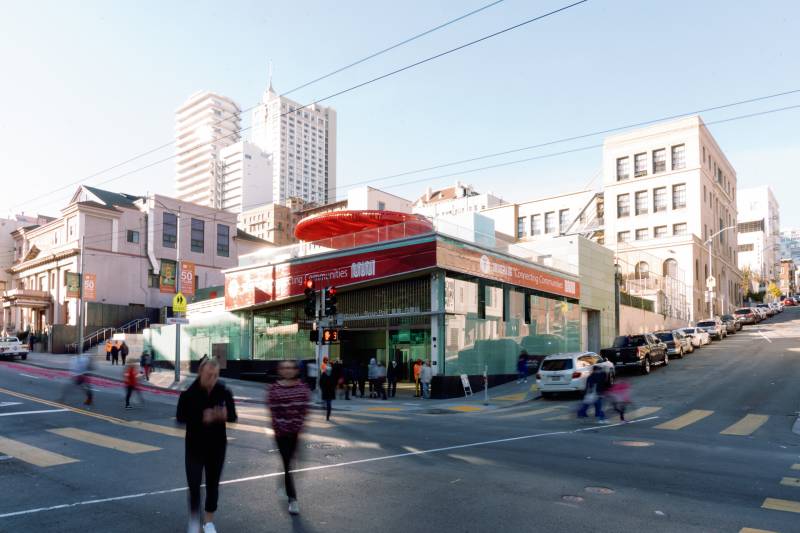
“It means a lot, because as someone who grew up taking trips to Chinatown with my grandparents, it wasn’t an easy trip — having to walk through hills and having to take multiple bus rides — and I think this really centralizes it and gives people, like my younger self and my grandparents, an opportunity to reach places that they previously had a lot more trouble reaching,” said Adrianna Zhang, who serves as the District 7 representative on the San Francisco Youth Commission.
The original line will run weekends between Chinatown-Rose Pak Station, and 4th and Brannan streets. On Jan. 7, however, the line will run its full course seven days a week, direct from Sunnydale, Bayview and Visitacion Valley all the way to SoMa, Union Square and Chinatown, extending the Muni Metro T-3rd Street line on 3rd Street.
SFMTA’s Central Subway Project was always expected to be a complex and difficult undertaking, going underneath the Union Square area and Chinatown — not only one of the densest parts of the city, but one of the densest residential areas in the entire U.S.
Those expectations proved to be well-founded. The project ended up costing $2 billion and went significantly over budget due to various construction delays. All in all, it was completed four years later than planned.
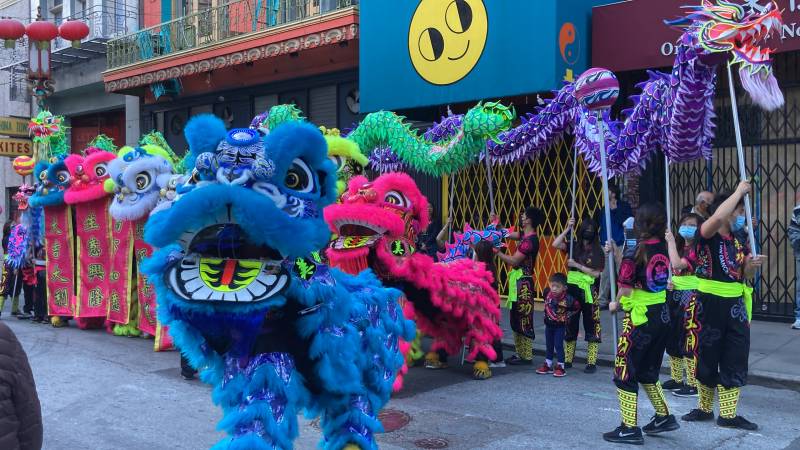
The project finally overcame those hurdles with the Nov. 19 opening, and is being hailed as a monumental accomplishment for San Francisco in terms of its commitment to transit over fossil-fuel vehicles, its commitment to a community where 80% of residents are estimated to be transit-dependent, and its overall commitment to moving people in the least environmentally harmful way possible.
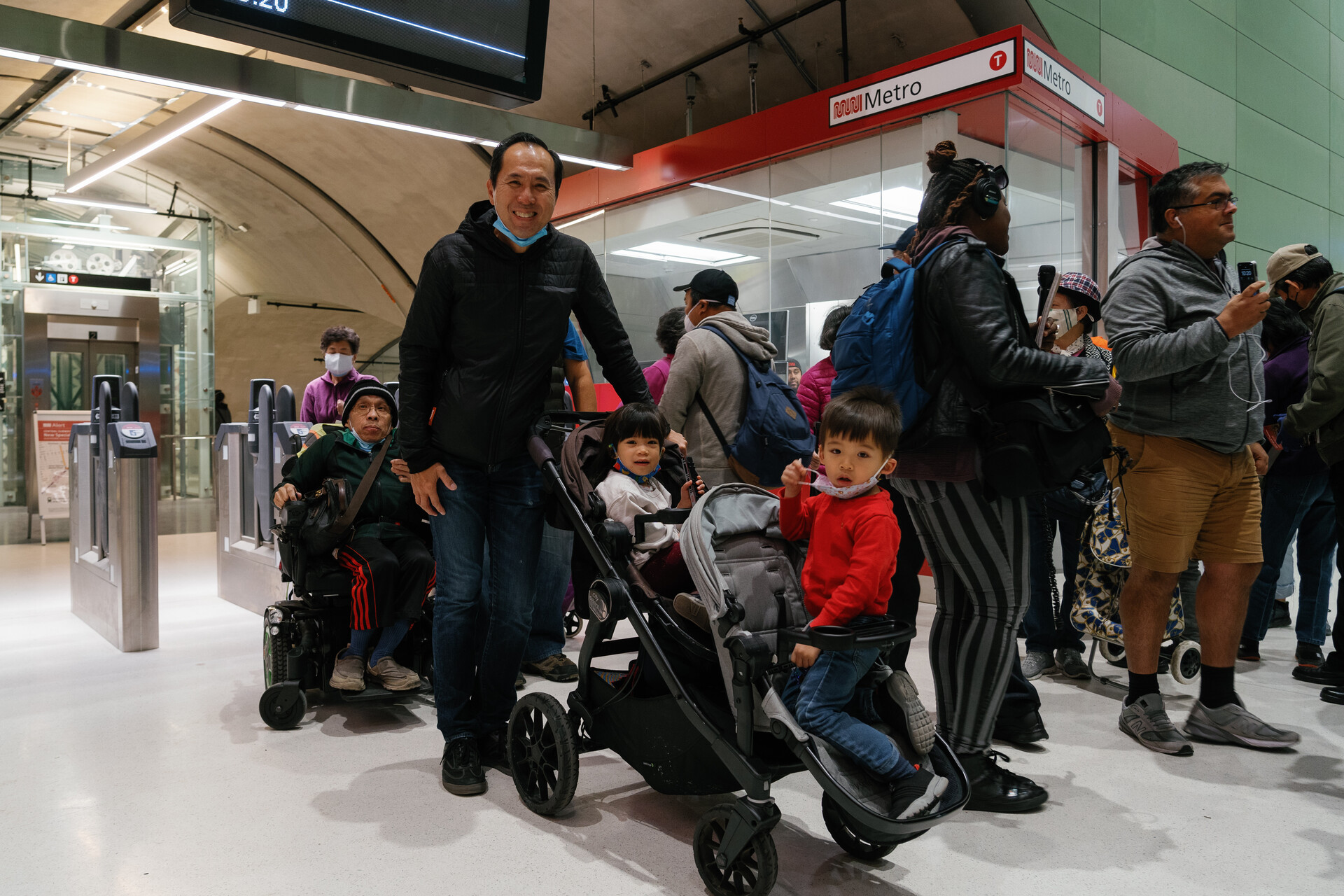
But the Central Subway has meant a great deal for one neighborhood in particular, where Saturday’s opening was seen and celebrated as a victory: Chinatown.
Residents, business owners and community leaders in Chinatown fought hard for years to bring the Central Subway project to their neighborhood after it was initially slated to go to the Financial District, with various local organizations lending their weight, including the Chinese Chamber of Commerce and the Chinatown Community Development Center, among others.
“I think this sends a signal to the city and the world that Chinatown is a permanent part of the fabric of San Francisco and it needs to be valued as such — and is valued as such,” said Malcolm Yeung, executive director of the Chinatown Community Development Center, adding that the Central Subway is an important part of Chinatown history and that the opening of this new line is the start of a new chapter for the community.
“We can think of Chinatown as a place where we can build upon the culture and the anchor that this has brought for generations of immigrants and San Franciscans,” Yeung said.
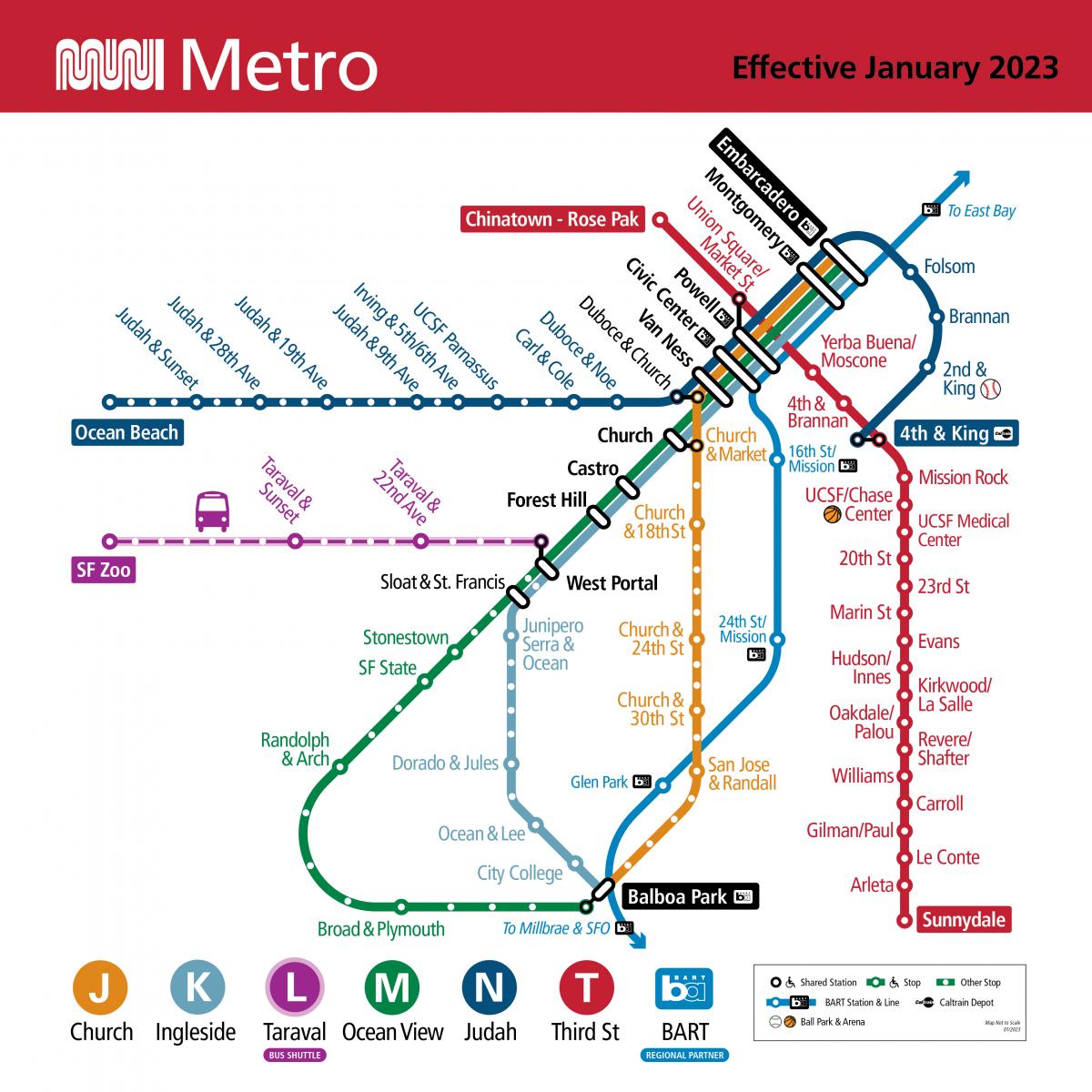
But the political fight to bring the line to Chinatown was actually led by an unlikely and controversial figure after whom the Chinatown station was eventually renamed on Aug. 20, 2019: Rose Pak.
Pak, who died in 2016 at age 68, had a penchant for the dramatic and a brusque, unapologetic style that won her as many opponents as it did supporters. But, love her or hate her, it was Pak’s passionate drive that won the day and brought the Central Subway to Chinatown.
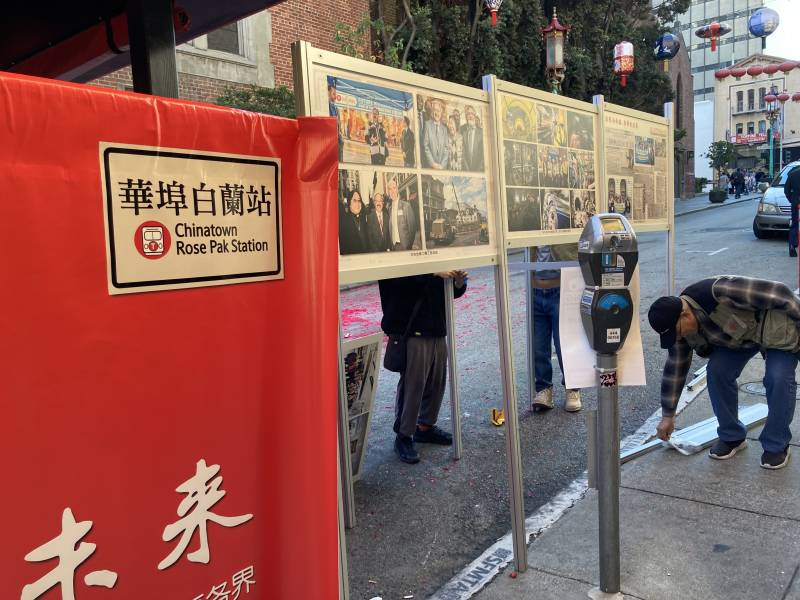
“I’m happy for Chinatown,” said Donald Luu, president of the San Francisco Chinese Chamber of Commerce. “We waited 30 years for this day. The thing that everyone touched on today was the impact of Rose Pak, how this launched the legacy, and the legend continues in Chinatown with the name of the station in Chinatown, Rose Pak Station. This day and the celebration will be in the history books for Chinatown and the Chinese community of San Francisco.”
Pak was a former consultant for the Chinese Chamber of Commerce and organizer of the Chinese New Year Parade in San Francisco, but never held an elective office. Nevertheless, she was a force to be reckoned with in the Chinatown community, considered by many to be a power broker and an effective fundraiser, with her support making — and sometimes breaking — electoral campaigns in local politics.
Born in Henan, China, Pak moved to Hong Kong as a child and then to San Francisco in 1967. After studying communications at the San Francisco College for Women and receiving her master’s degree in journalism from Columbia University in New York City, Pak returned to San Francisco in 1974 to work as a reporter for The San Francisco Chronicle, taking on the Chinatown beat and immersing herself in the city’s Asian community — until she went from reporting news to making it.
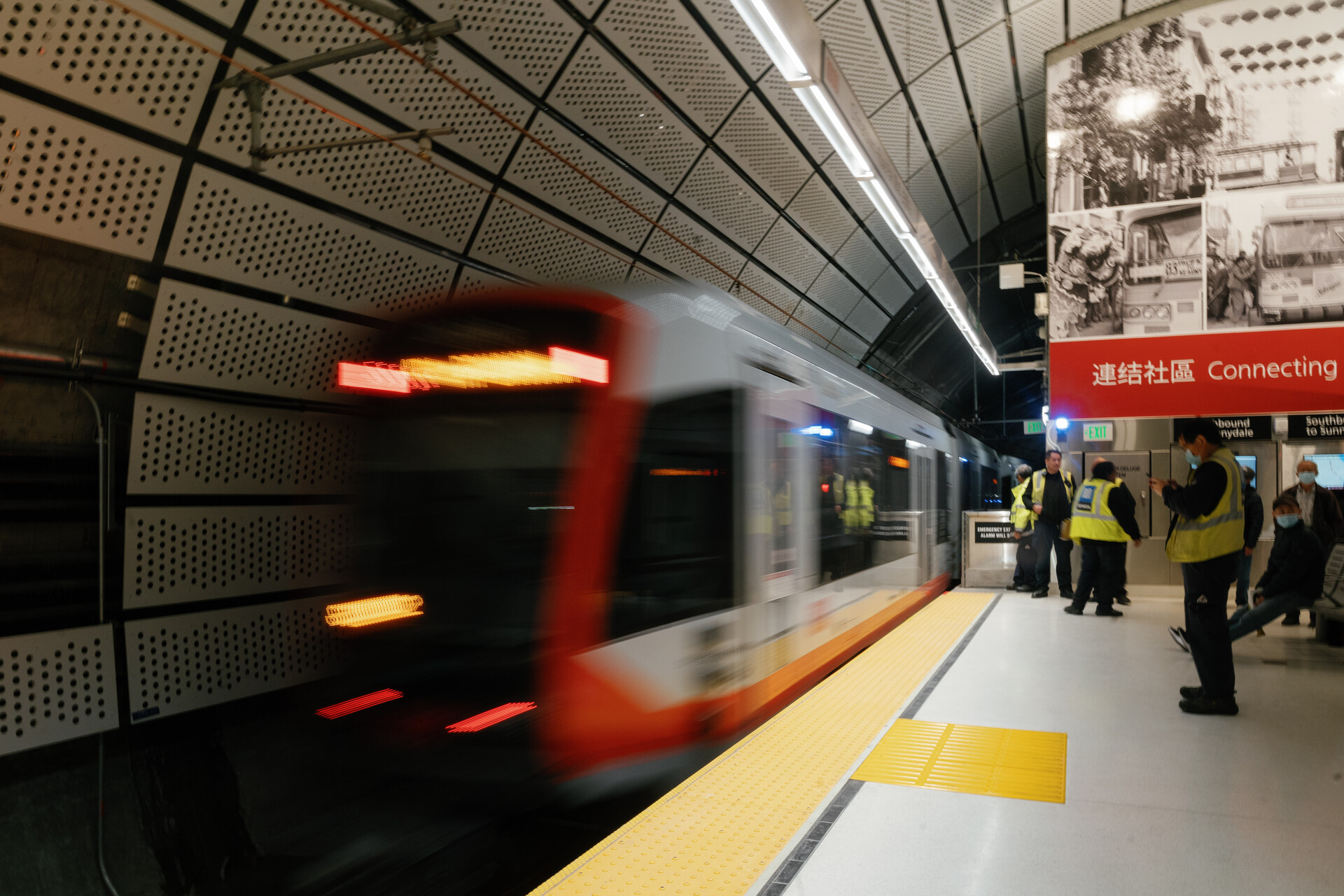
Pak led fundraising and community leadership efforts on a number of issues and projects — many controversial — including Chinese Hospital, the 8 Washington condominium project in Embarcadero, and the Embarcadero Freeway. But when the freeway came down in the 1989 Loma Prieta earthquake, Pak began advocating for the construction of Central Subway, an idea of hers that went all the way back to the 1980s, four decades before the project was finally completed and opened on Saturday.
“We needed another transit corridor, another way of connecting to Chinatown, and it was Rose Pak who was that visionary leader who led the charge,” said Yeung.
KQED’s Dan Brekke, Ekene Okobi, Spencer Whitney and Attila Pelit contributed to this story.
